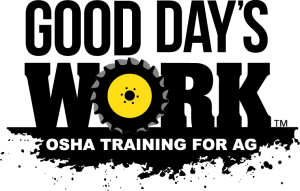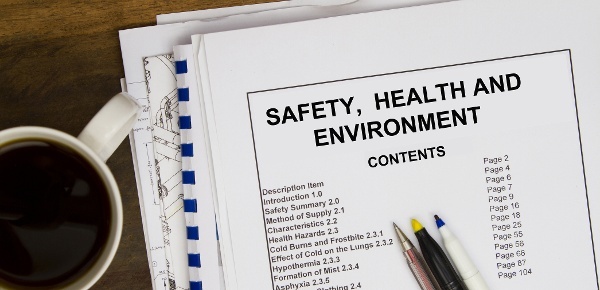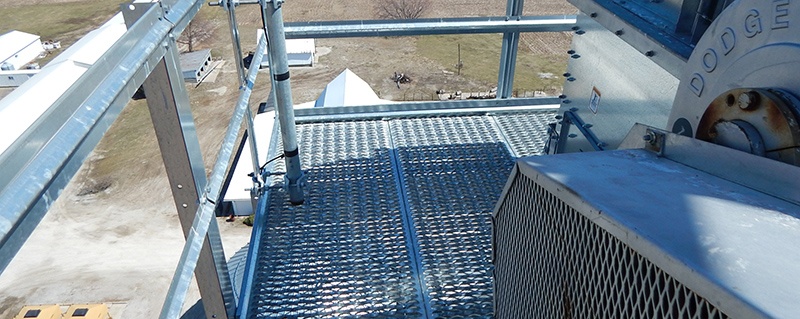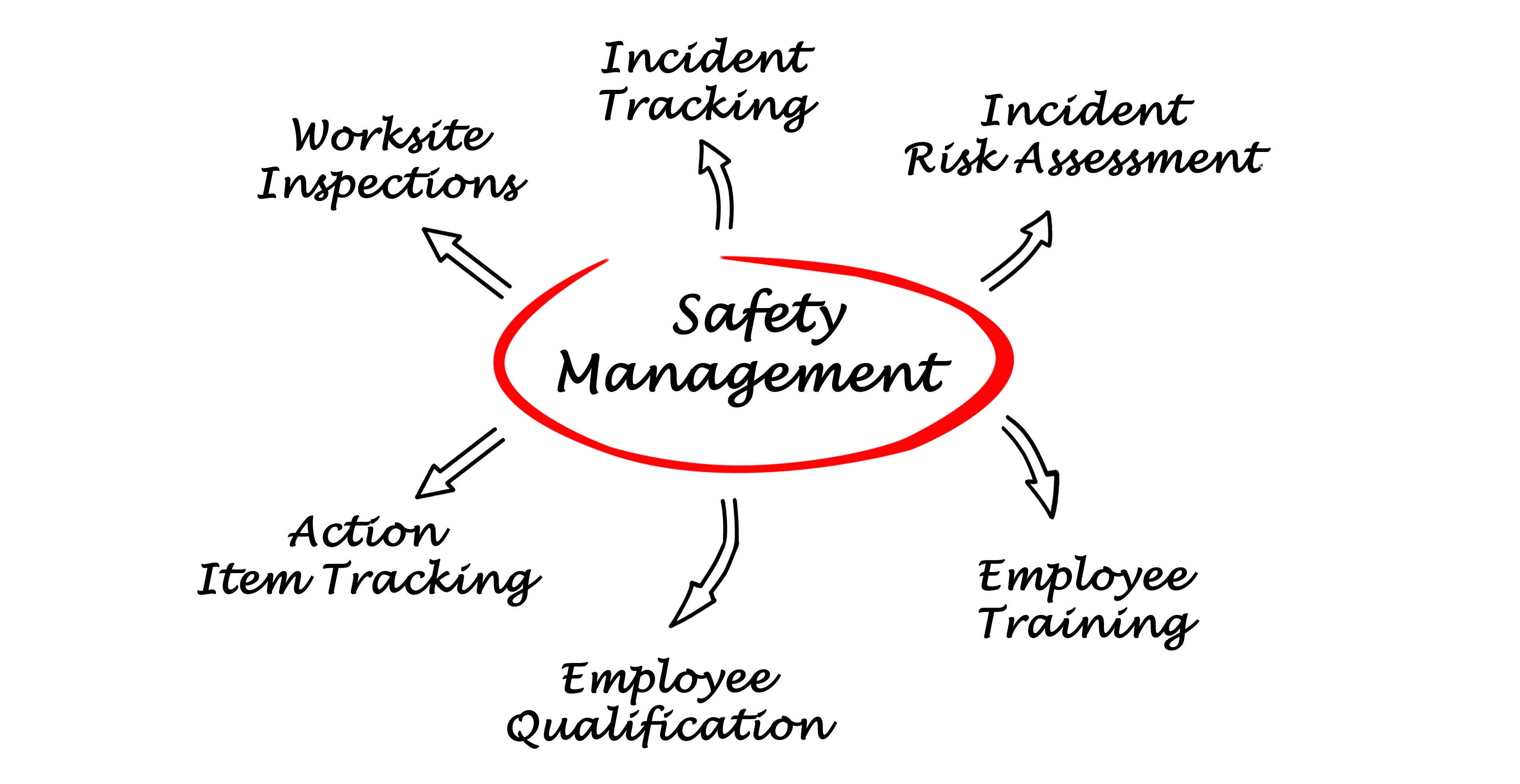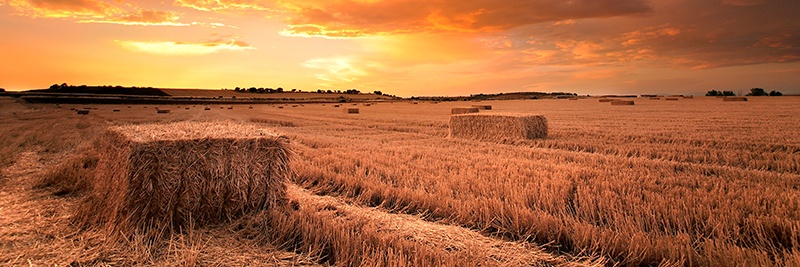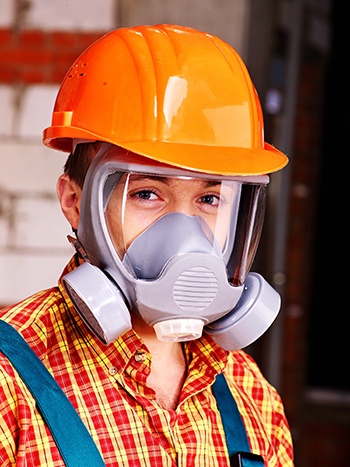For many ag operations, winter is the “off-season,” making it an excellent time to ensure your employees have completed their annual safety training. It’s also a good time to conduct a hazard assessment of your operation. Here are four things you can do now to help ensure that your next year is as safe as possible.
How to Run a Farm Safety Program: Prepping for the New Year
Slips, trips, and falls in the workplace are no laughing matter. In fact, they account for more than 225,000 injuries a year. And 70% of these incidents occur on level surfaces with falls from less than four feet above ground!
Hazard Assessment: How to find the high risk safety issues on your farm
Farm work is some of the most dangerous work there is. Every year, more than 480 people in the US are killed performing ag-related jobs. Hundreds more are seriously injured. According to OSHA, it is the employer’s responsibility to evaluate the workplace and ensure a risk-free environment.
Topics: hazard communication
Thank you. It’s not hard to say, but until this time of year, many of us rarely slow down enough to think about what we’re truly thankful for in our lives. Here at Good Days Work, we have so much to be thankful for—our families, our health, the opportunities ahead—the list could go on and on. But, first and foremost, we are thankful for you, the farm families that serve our communities.
One moment you are having a casual chat with a co-worker over lunch. Suddenly, she grasps her throat and begins to turn blue. What do you do?
Topics: agriculture
Running a Farm Safety Program: Getting Employee & Management Buy-In
Your farm-safety program doesn’t have to be complicated, but, for it to work, everyone in the operation needs to buy into it. These seven steps will help you convince managers and employees to take ownership of the safety program and drive the safety agenda.
Note: The following is an excerpt from an article published in the November 2015 issue of Feedlot Magazine.
Topics: agriculture
As 2015 is winding down, we’re reflecting on last years Top 10 Osha’s violations. Each year, the Occupational Safety and Health Administration, or OSHA, names the most cited violations it encountered during its workplace safety inspections that year.
Topics: OSHA law & compliance
Agriculture Safety Training and Respiratory Protection Equipment
A farm—like any other industrial workplace—has its fair share of respiratory hazards that place employees at risk. Some agriculture safety hazards, primarily when transferring or mixing chemicals, involve exposure to dangerous gases, while others, such as grain bins, feed mills, livestock areas or confined spaces with poor ventilation, represent hazards that can naturally cause serious breathing difficulties.
Topics: agriculture
Farm Safety Tips: Respiratory Protection and Keeping You Safe
Ah, the great outdoors—crisp, clean air and the refreshing smell of morning dew! Yes, this is just one of the reasons many of us really love farming. On the other hand, does farming generate hazards for our respiratory systems? Not only is the answer a resounding “yes,” but some of the most treacherous respiratory dangers are actually unique to farming.
Topics: agriculture
